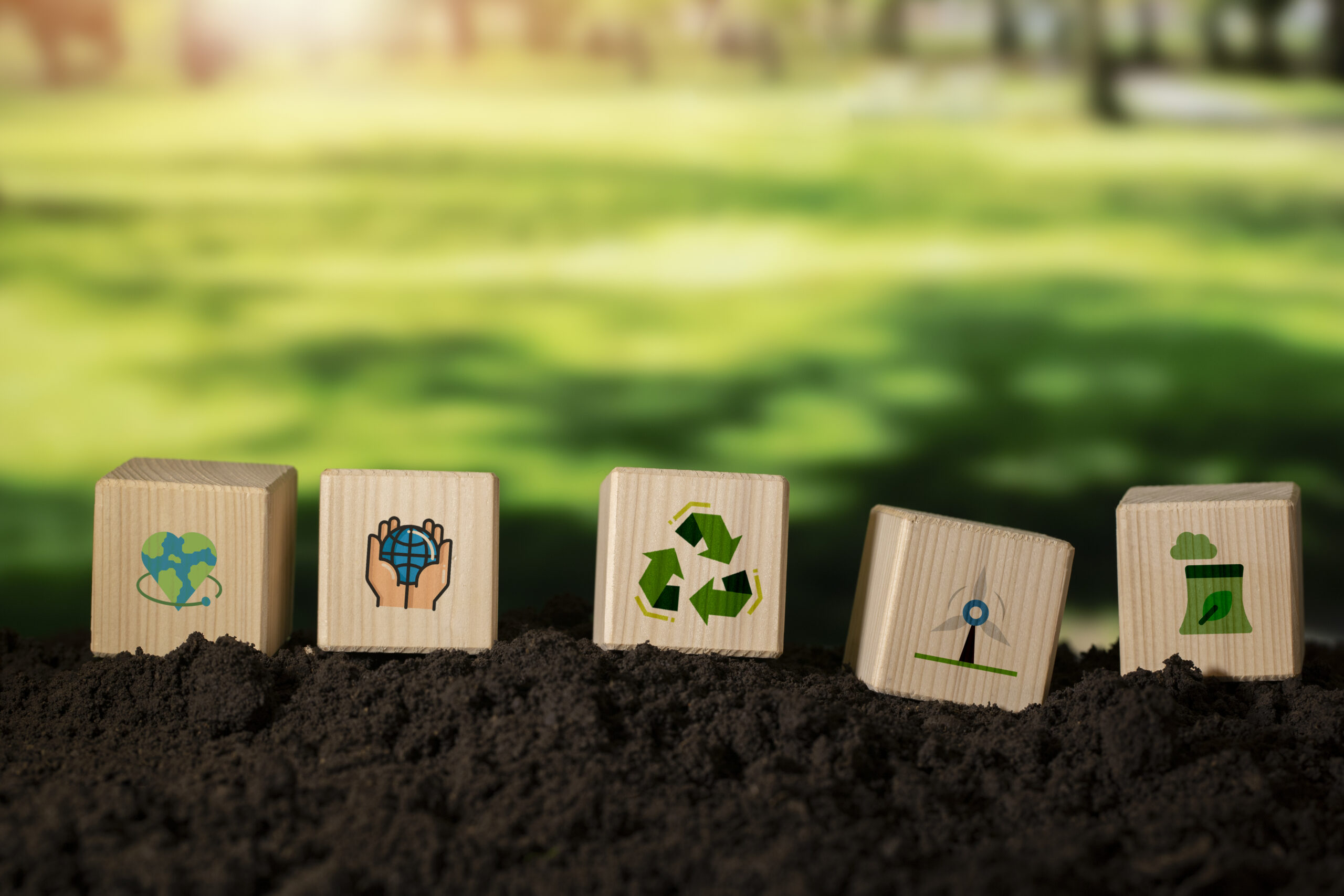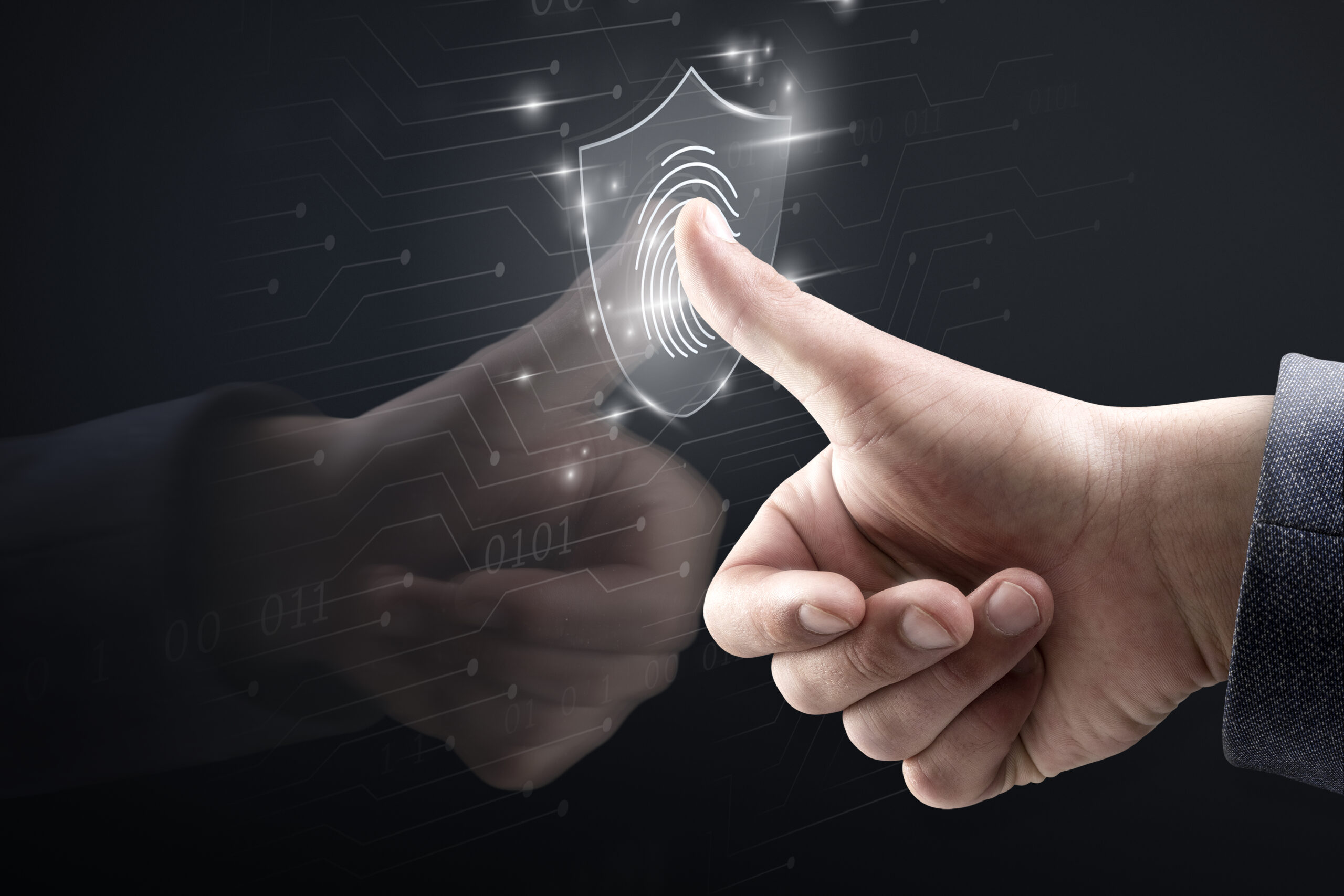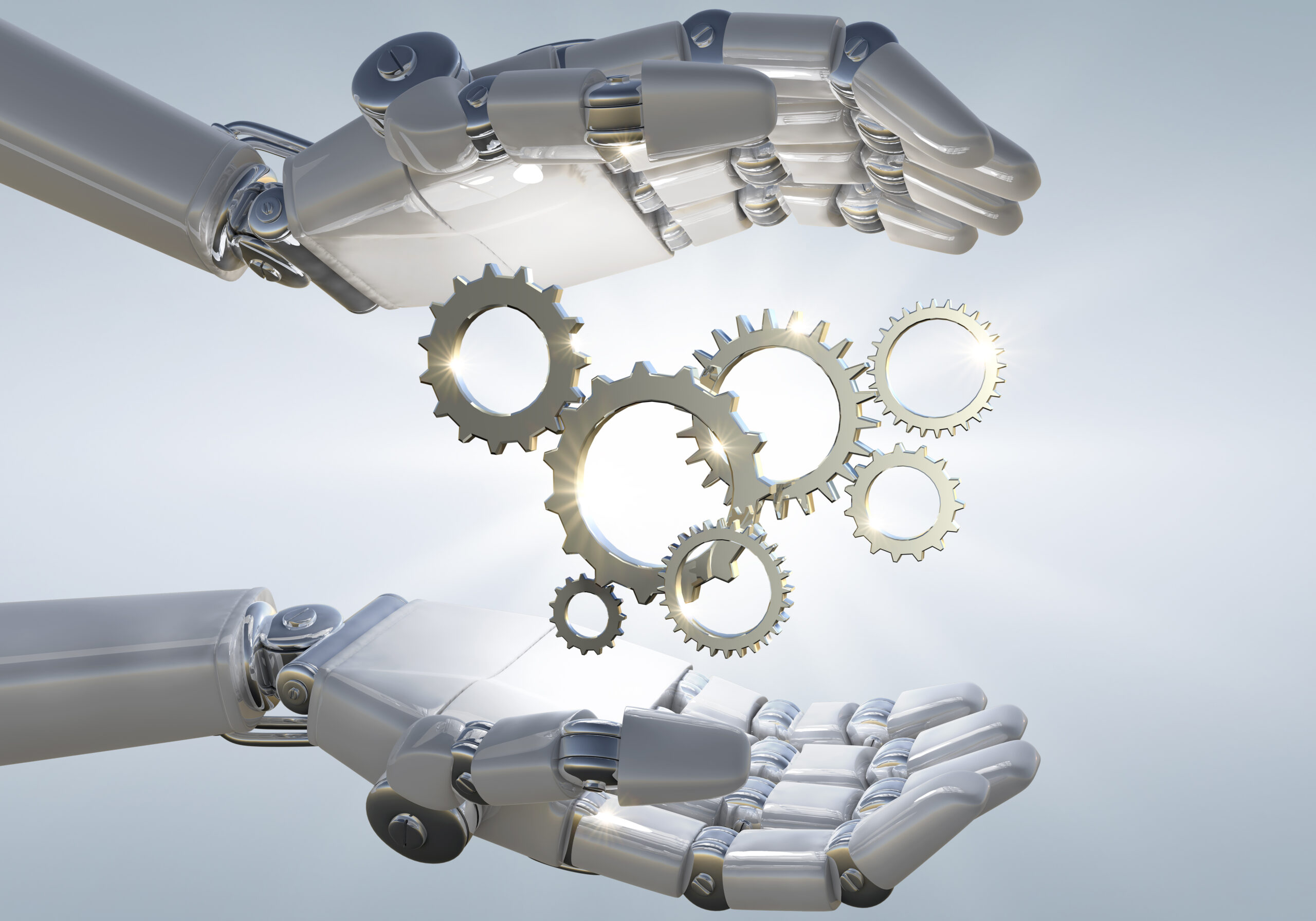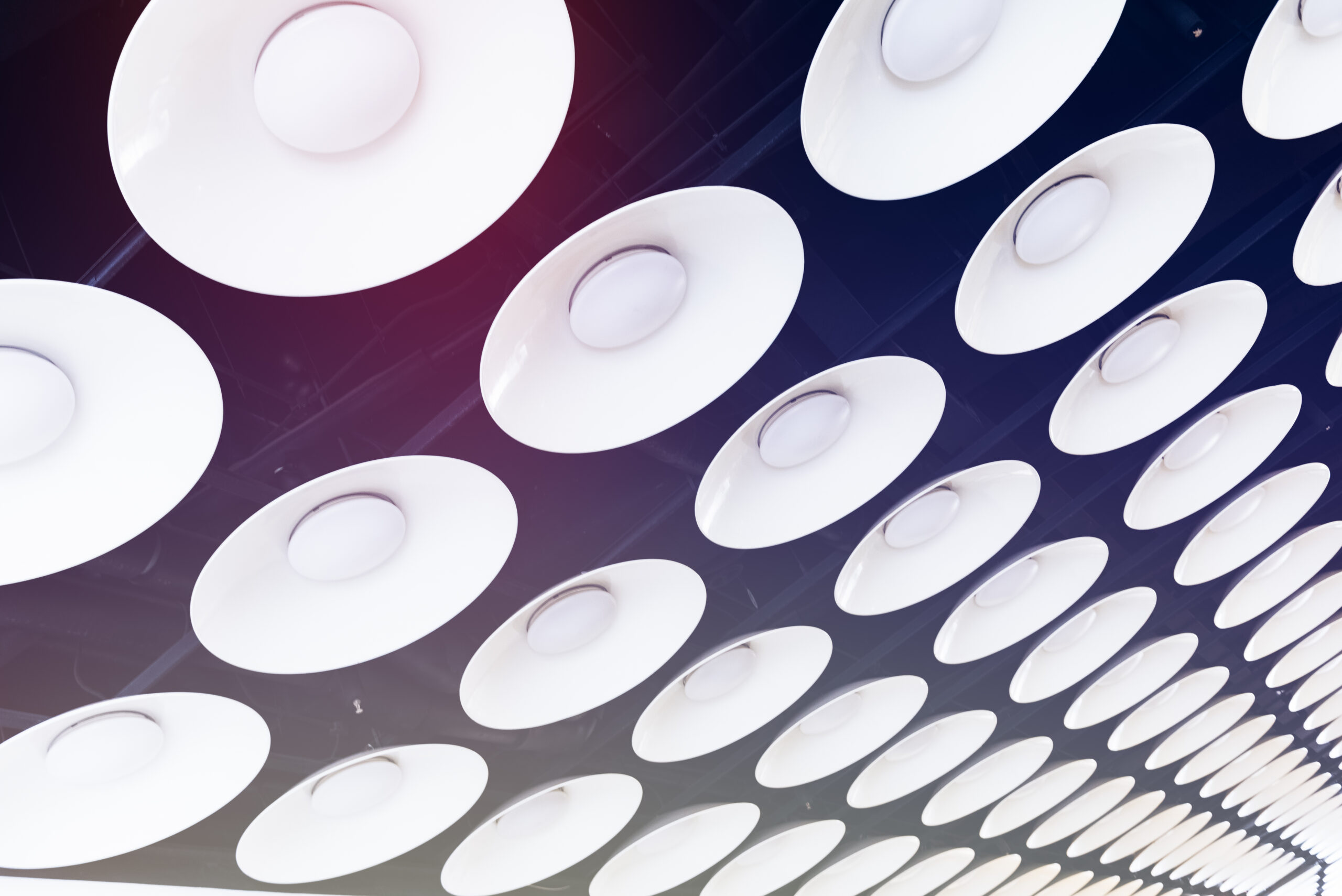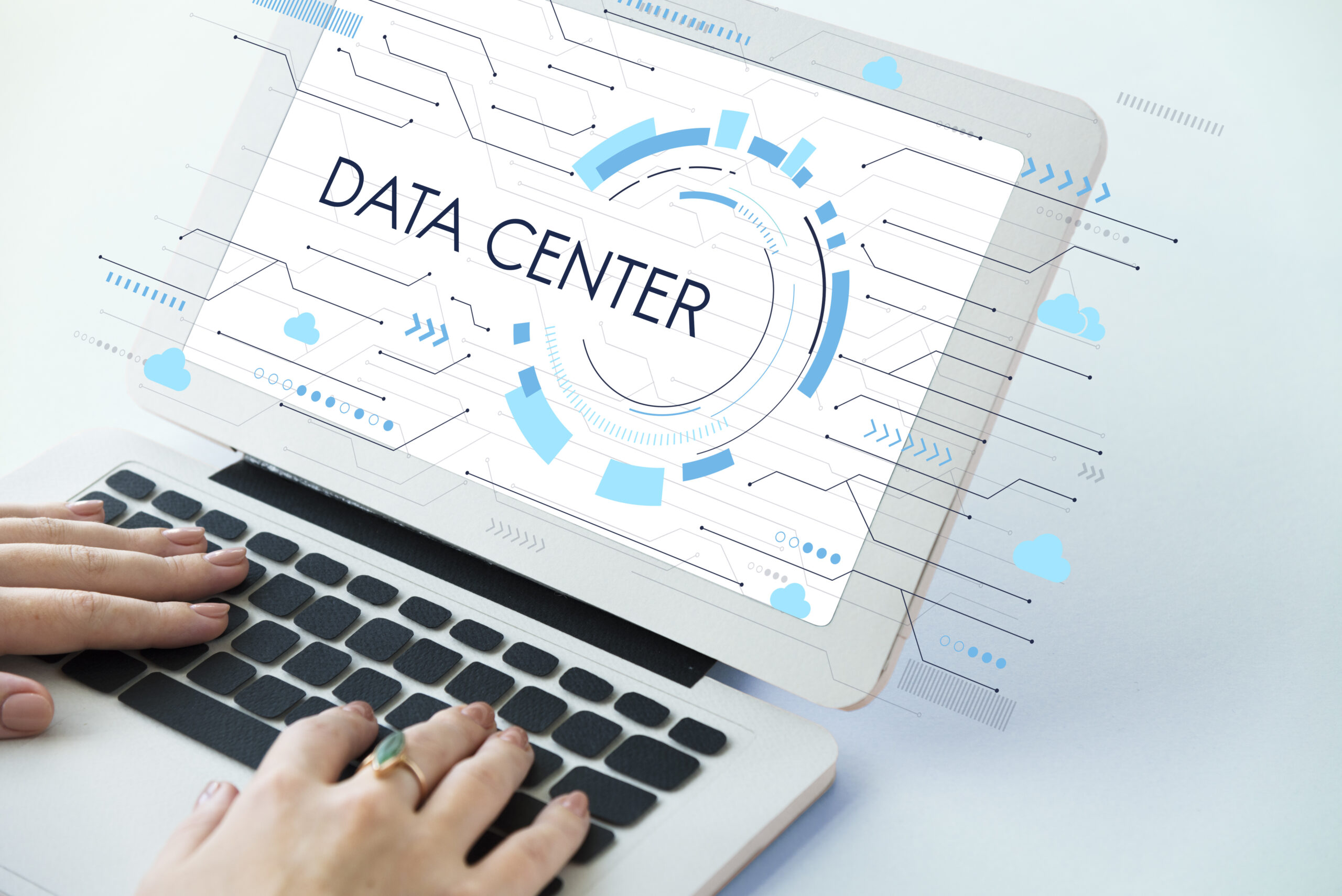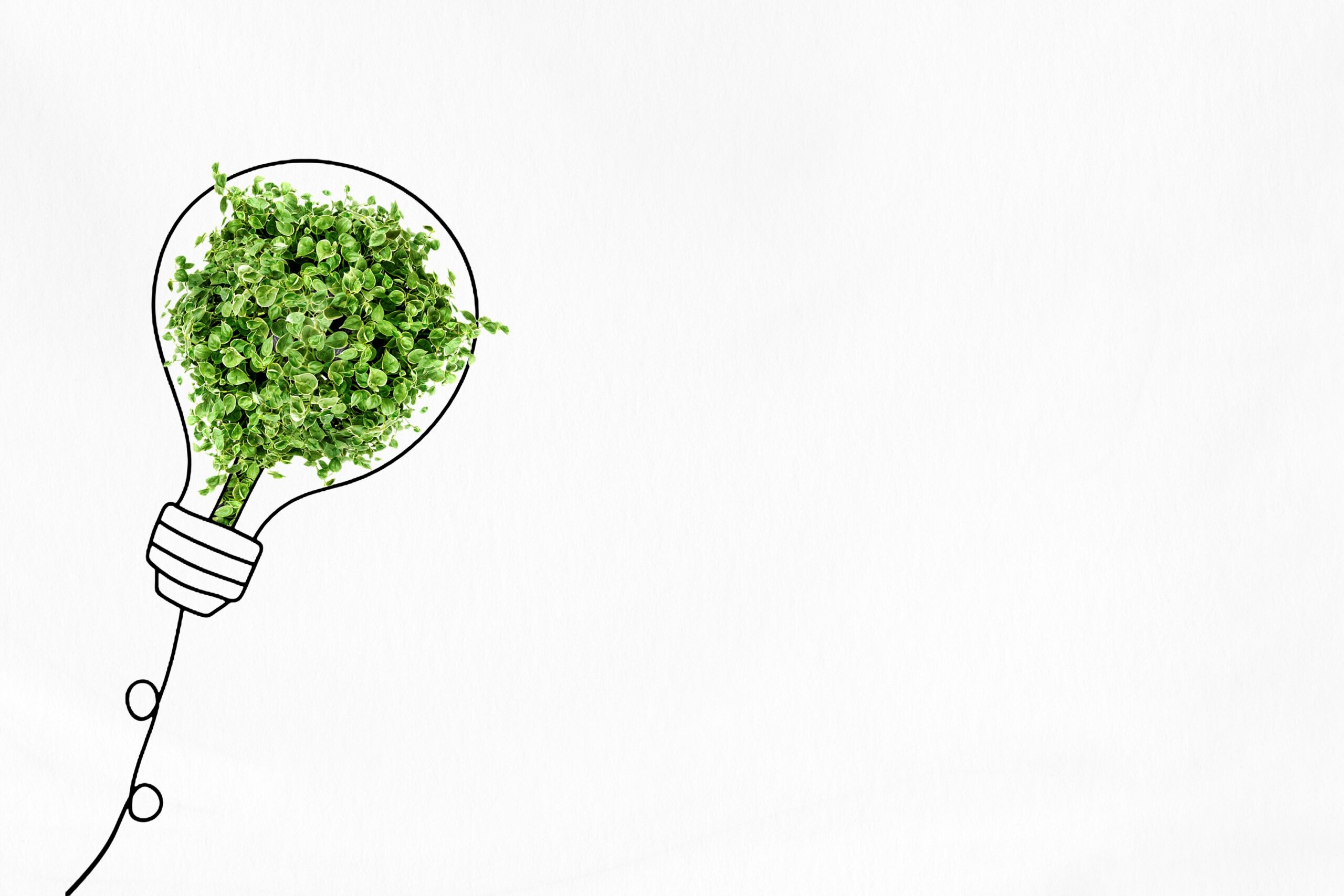
The LED revolution is only just beginning!
Today, an LED lamp provides the same amount of light as an incandescent lamp, consuming 90 per cent less and lasting 25 times longer. Furthermore, LEDs are dimmable, can be integrated directly into surfaces and are perfectly adaptable, both in light and colour.
Despite all the benefits already achieved, experts continue to make improvements to LED technology: even small improvements can result in huge energy savings (for example, lights can continue to shrink in size and switch to more recyclable or biodegradable materials).
We should think of lighting less in terms of how much falls on walls and desks and more in terms of how much is in our vision. Optimising and calibrating lighting in terms of what hits the eyeballs instead of flooding a room could help reduce the total amount of light needed while making it more effective.
The future of lighting, then, is not just about pushing to get the maximum amount of light with the least amount of energy, but rather about getting the right amount of light and dark, in the right colour, at the right time. It is a future where we can still save electricity and improve our quality of life.
Sources: vox.com
Categories
News
Publication date
9 October 2023
Reading time
1 minutes

